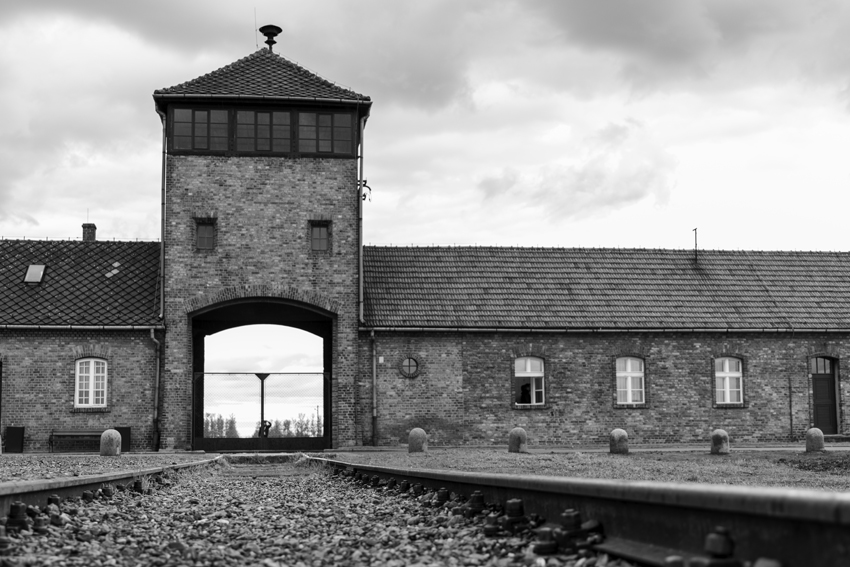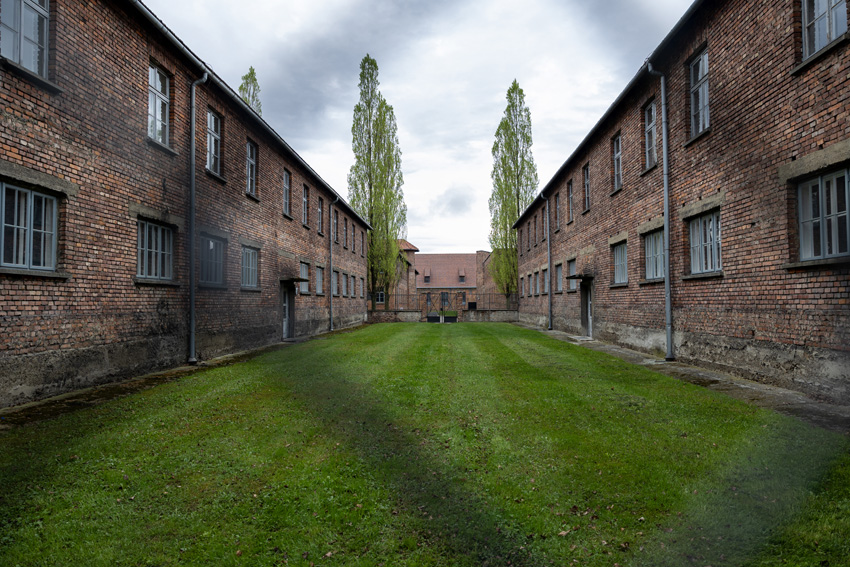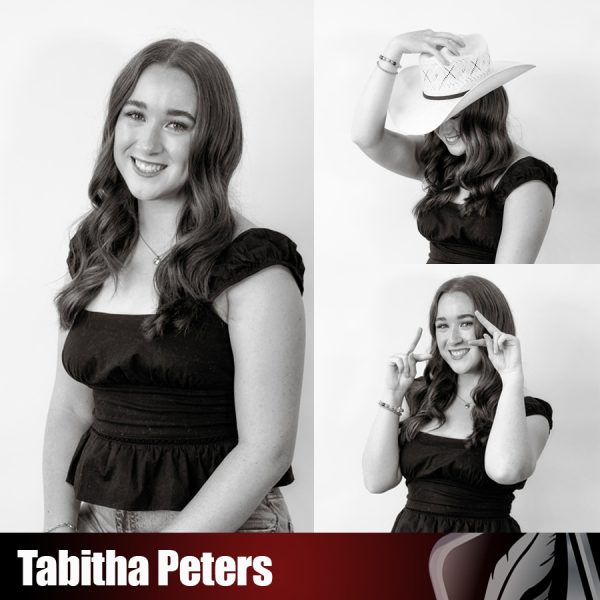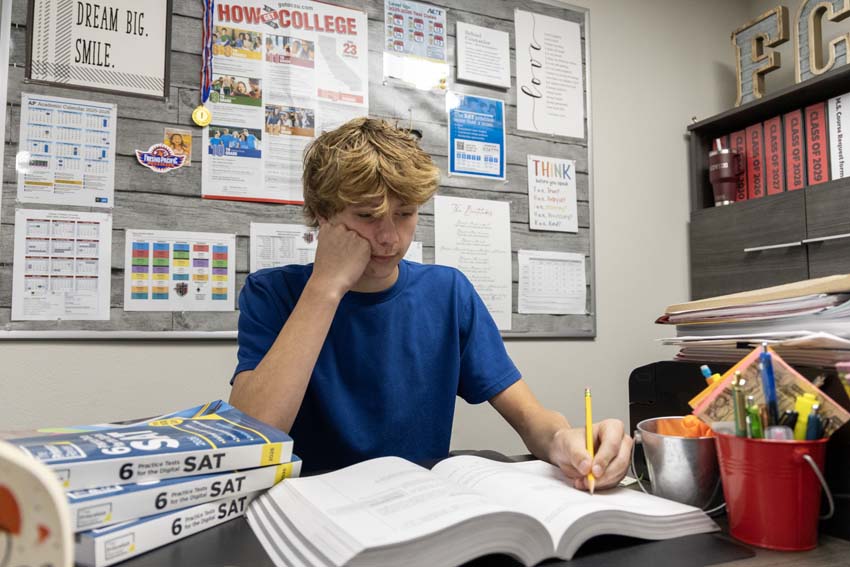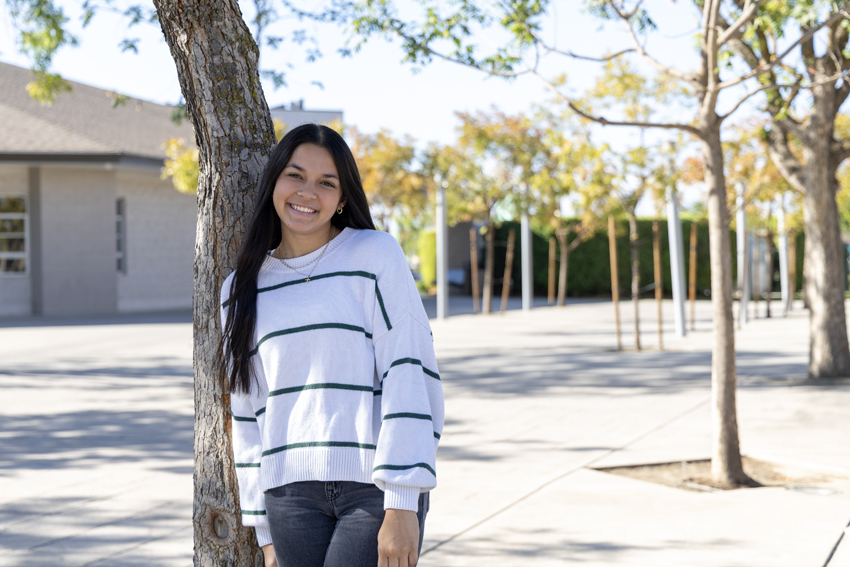Jetting off to eastern Europe over spring break, 39 from the Fresno Christian community embark on a journey through the cobblestone streets of whimsical Prague and Česky Krumlov, the grandeur of Vienna, the pearl of the Danube: the beauty of Budapest, and the historically-rich city of Krakow. History Teacher Kori James partnered with EF Student Tours to plan a customized adventure through some of the most intriguing and beautiful cities in Europe. This article is part of a student series highlighting their travel experiences.
While going through Auschwitz-Birkenau, I could not help but hear prisoners’ screams of horror and pleas of mercy in my head. Walking through Block 11 and peering into the remnants of the incinerators erased any sense of detachment; you cannot ignore the scale of cruelty when you stand where it happened. History is not always pretty; it can expose the depths of brutality people can inflict on one another when hatred goes unchecked.
Visiting Auschwitz-Birkenau Concentration Camp in Poland was one of the most emotional experiences of my life. I had the opportunity to visit Poland with fellow students, teachers and parents on Fresno Christian’s AP European History trip to Eastern Europe with Poland being the last stop.
I was fortunate enough to have a lot of prior knowledge going into this experience by visiting Dachau Concentration Camp in Germany a few years prior. This camp was Nazi Germany’s first ever camp, killing more that 38,000 people and training up the SS. Seeing both Dachau and Auschwitz in real life clicked where lectures and documentaries had not because it was impossible to remain emotionally distant. I was struck by how the camp turned cold statistics into faces and stories into reality.
Walking into the camp had a heavy weight to it, on a rainy day with clouds in the sky, it was almost as though the sky was weeping with me. Each drop of water reminded me of thousands of lives lost. While in a moment of sadness, a parent came over to me and pointed to the sky and behind the clouds was a beautiful rainbow. Seeing a vibrant rainbow before walking into one of the saddest places in the world served as a reminder of God’s promise.
God set the rainbow in the sky after the Flood to assure Noah that destruction would not have the final word. It stood as a silent pledge at Auschwitz that even in humanity’s darkest chapters, God’s mercy and love always prevails.
Many details we learned within the camp are not commonly talked about. One main display that brought me to tears was the display of women’s hair. You see mugshot style photos of inmates, and you notice all their heads are shaved; you don’t necessarily think of where that hair goes. It was used to make felt to line German uniforms. Germans weaved and sewed their victims hair into products to keep the violence going. Hearing this fact was sickening. It was something I never expected.
Our group even walked through the gas chambers where the Nazi’s rounded up and threw innocent lives away for the sake of experimentation with Zyklon B gas. If you looked closely on the walls, you could see the scratch marks dug into the concrete as victims tried to escape their fate.
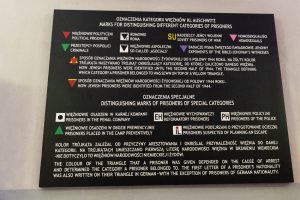
Another detail that people don’t hear often is that in all the gas chambers there were shower heads set up on the ceilings. The SS officers told victims that they were going to take a shower then gassed and suffocated them to death. Prisoners for many months continued to think they were just going to take showers – until the horrifying truth got around.
Americans tend to feel disconnected to the Holocaust as a whole, there is a component that doesn’t exactly click because we are so desensitized to death and brutality. However, that doesn’t mean we cannot learn and find valuable lessons within tragedy. Auschwitz-Birkenau at this point in history, 80 years after liberation, serves as a reminder of where hatred can lead a person. With Antisemitism being so high all across America and many parts of the world, seeing the very outcome of extreme antisemitism impacted me.
This symbol of atrocity demands that we carry forward not only remembrance but active resistance – educating ourselves and others, speaking out against injustice, and ensuring the repeated phrase “never again” is lived, not just said.
The opportunity to visit and see new places is a critical component of personal growth. Inside Auschwitz when you walk into the blocks, there is a quote by George Santayana that says “Those who do not remember the past are condemned to repeat it.” Travel provides the chance to gain new knowledge and insight to the past, present and future. If people do not take the past seriously and grow from it, they risk falling into the same cycles of hatred, ignorance, and violence.
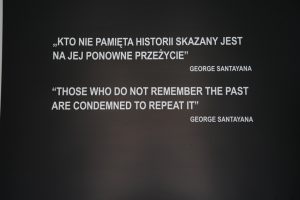
It is nearly impossible to convey the same feelings of being at Auschwitz firsthand in words. Firsthand exposure to the camp’s preserved artifacts – piles of shoes, suitcases, and personal items – turns impersonal numbers into singular stories of loss and resilience. If you have the chance to visit, seize it; the lessons you learn there will stay with you far longer than any lecture, shaping how you understand the past and act in the present to build a better future.
To read another opinion piece from The Feather, visit Opinion: The DEI Debate
To read more from The Feather, read Movie Review: Minecraft movie bring the legendary game to life or Track and Field breaks five school records



